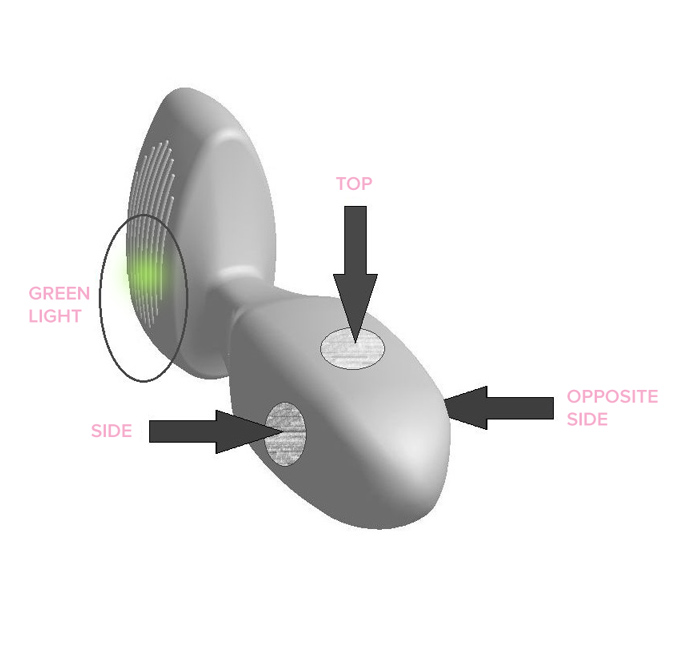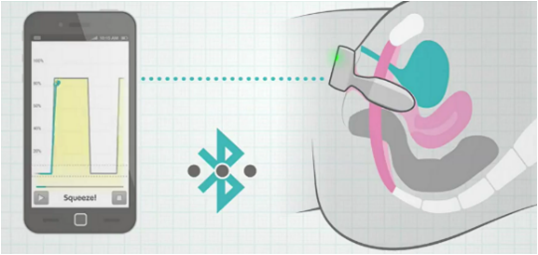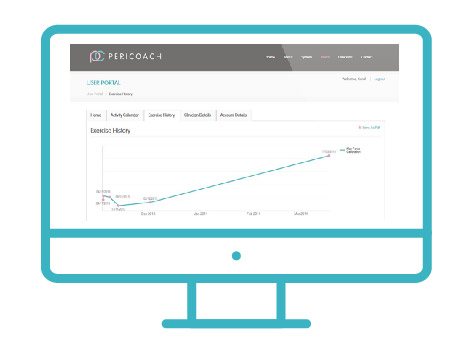Designed in consultation with leaders in pelvic floor rehabilitation and physical therapy, the PeriCoach device consists of three biosensors on the top and lateral sides of the probe. These monitor the direct applied force of the levetor ani muscle group, consisting of the puborectalis and pubococcygeous. By monitoring the applied force, the PeriCoach provides a better representation of the actual pelvic floor muscle activity than traditional pressure measuring devices. The device limits the amount of ancillary muscle movement ‘noise’ which is often detected with other modalities.


The pelvic floor muscle activity is then transmitted to the Smartphone app, and the biofeedback is displayed in real time. Within the smartphone app are a series of pre-programmed exercises that address the development of strength, endurance, and tone. These programs are aimed at taking the guesswork out of incontinence biofeedback exercises. They increase in intensity as a woman progresses, offering a variety of work and rest periods to help patients build endurance and strength. The Quick Flex program is designed to assist with reaction time, guiding patients in quickly contracting and releasing the pelvic floor muscles.
The PeriCoach web portal allows communication between a patient and healthcare provider, enabling a woman to share her exercise history and session performance with her chosen practitioner. The practitioner is able to monitor a patient’s exercise history and performance between visits or review the information with the patient during a visit. Additionally, a clinician has the ability to send notes and develop custom protocols that can be directly sent to the patient’s smartphone app. The PeriCoach System is an effective urinary incontinence biofeedback tool, enabling healthcare providers to deliver better care for improved patient outcomes.



